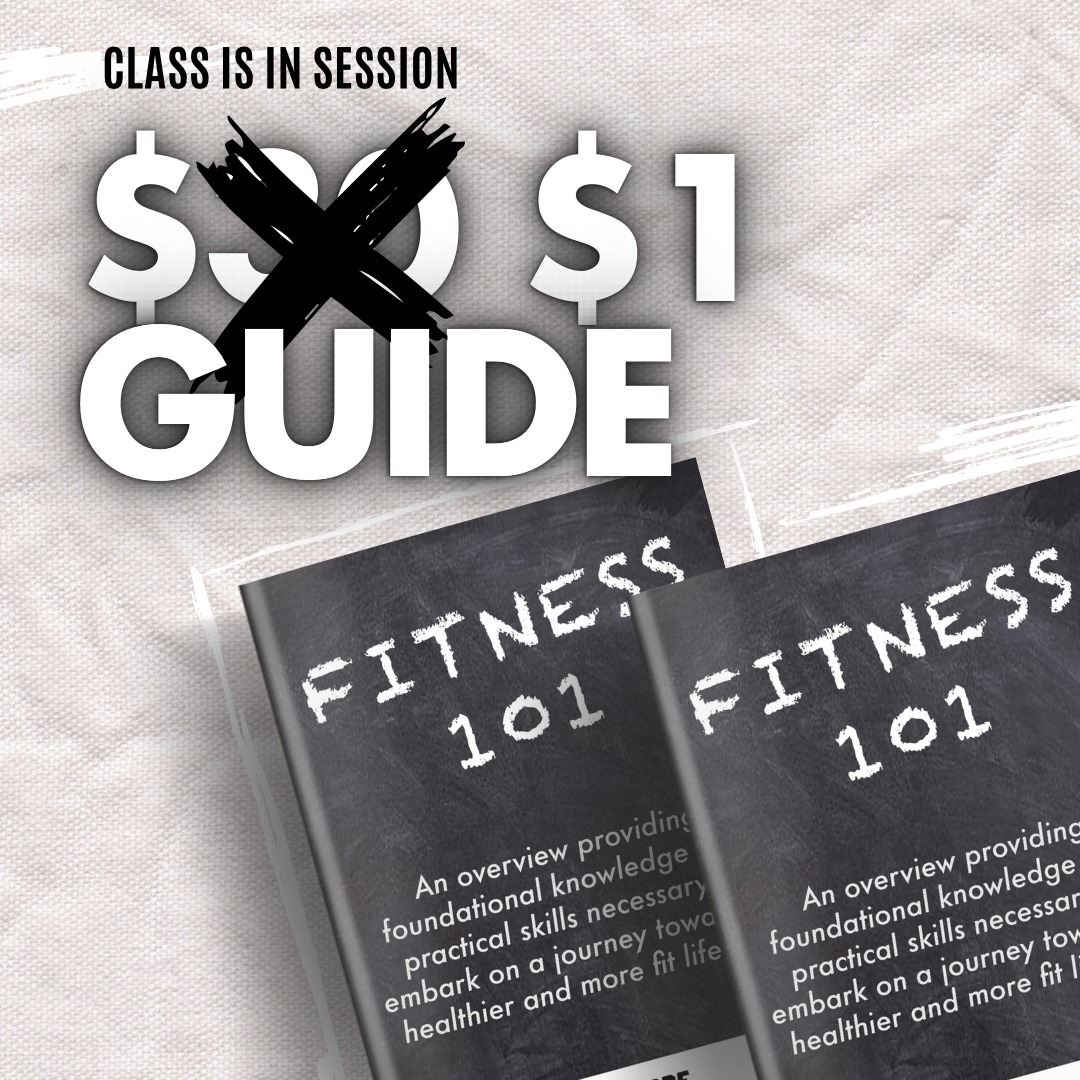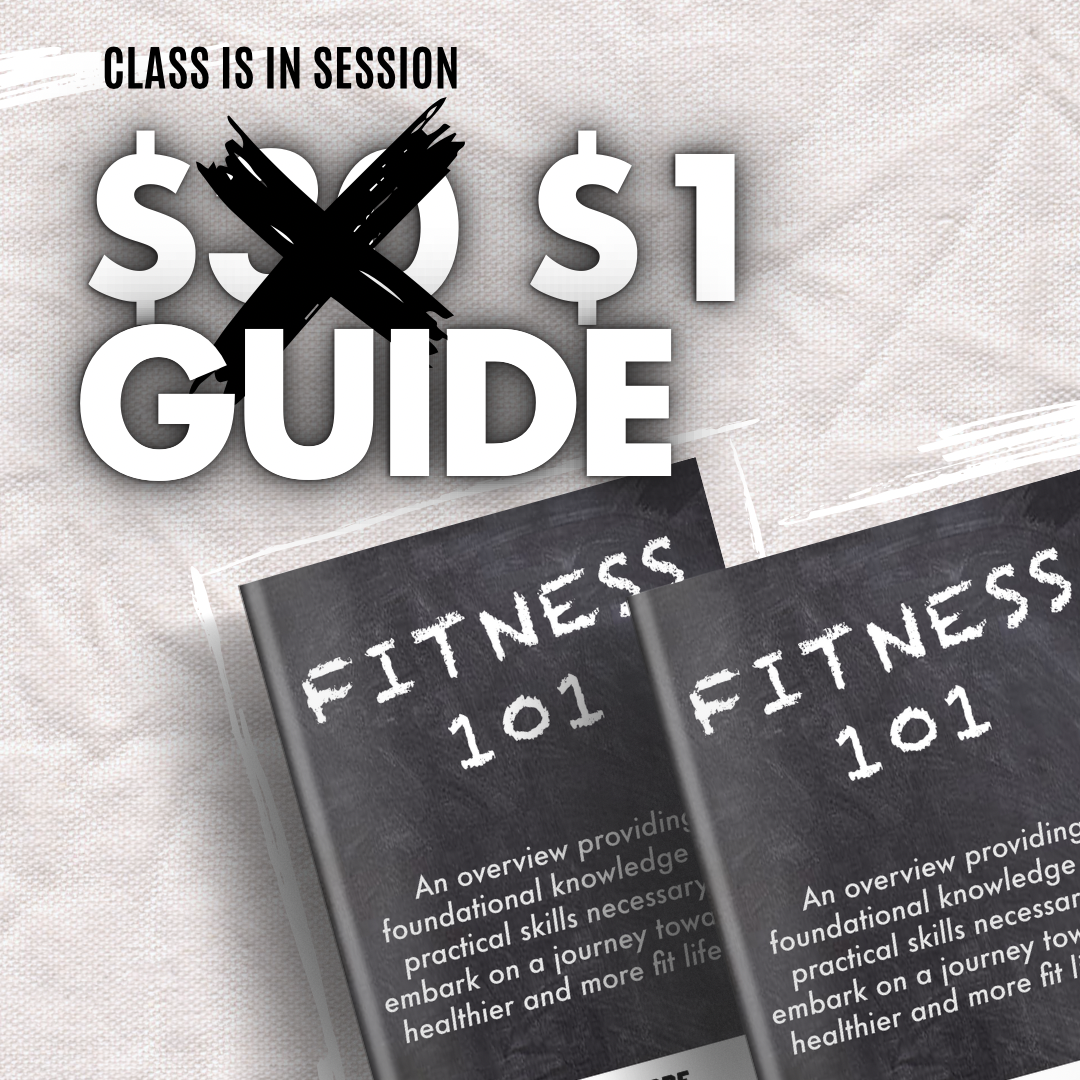The fitness industry has exploded in recent years, with gyms and fitness centers popping up in cities and towns all over the world. With the rise of social media and the increasing focus on health and wellness, it's no wonder that so many people are turning to the fitness industry to help them get in shape and feel their best.
But what exactly is the fitness industry, and how does it work? In this blog post, we'll take a closer look at the fitness industry, including its history, how it has evolved over time, and what the future might hold.
The History of the Fitness Industry
The modern fitness industry can be traced back to the 1960s and 1970s, when the first health clubs and fitness centers began to appear. These early gyms were often basic facilities, with a few weights and machines for people to use. They were primarily used by bodybuilders and athletes, who were looking to improve their performance.
As the years went on, the fitness industry continued to grow and evolve. In the 1980s and 1990s, the rise of aerobics and other group fitness classes helped to bring more people into gyms, and the focus shifted from muscle building to overall fitness. Gyms also became more upscale, with facilities like swimming pools, saunas, and spas being added to attract a more diverse clientele.
The 21st century has seen the fitness industry continue to grow and change. With the rise of social media and the increasing focus on health and wellness, more and more people are turning to the fitness industry to help them get in shape and feel their best. Gyms and fitness centers have responded by offering a wider range of classes and services, including yoga, Pilates, personal training, and more.
The Evolution of the Fitness Industry
Over the years, the fitness industry has undergone several major shifts and changes. Here are a few of the key developments that have helped to shape the industry as we know it today:
-
The rise of group fitness classes: In the 1980s and 1990s, the popularity of aerobics and other group fitness classes helped to bring more people into gyms and fitness centers. These classes offered a fun and social way to get in shape, and they helped to make exercise more accessible to people who might not have felt comfortable working out on their own.
-
The growth of personal training: As the fitness industry has grown, so has the demand for personal trainers. These professionals work one-on-one with clients to create customized workout plans and help them reach their fitness goals. Personal training has become especially popular among people who want to get in shape quickly or who have specific fitness goals in mind.
-
The rise of technology: Technology has had a major impact on the fitness industry in recent years. From fitness tracking apps and wearable technology to virtual fitness classes and online personal training, there are now countless ways for people to stay fit and healthy using technology.
-
The growth of boutique fitness studios: In recent years, there has been a surge in the popularity of boutique fitness studios, which offer specialized fitness classes in a smaller, more intimate setting. These studios often have a strong sense of community and offer a wide range of classes, from yoga and Pilates to high-intensity interval training and more.
The Future of the Fitness Industry











